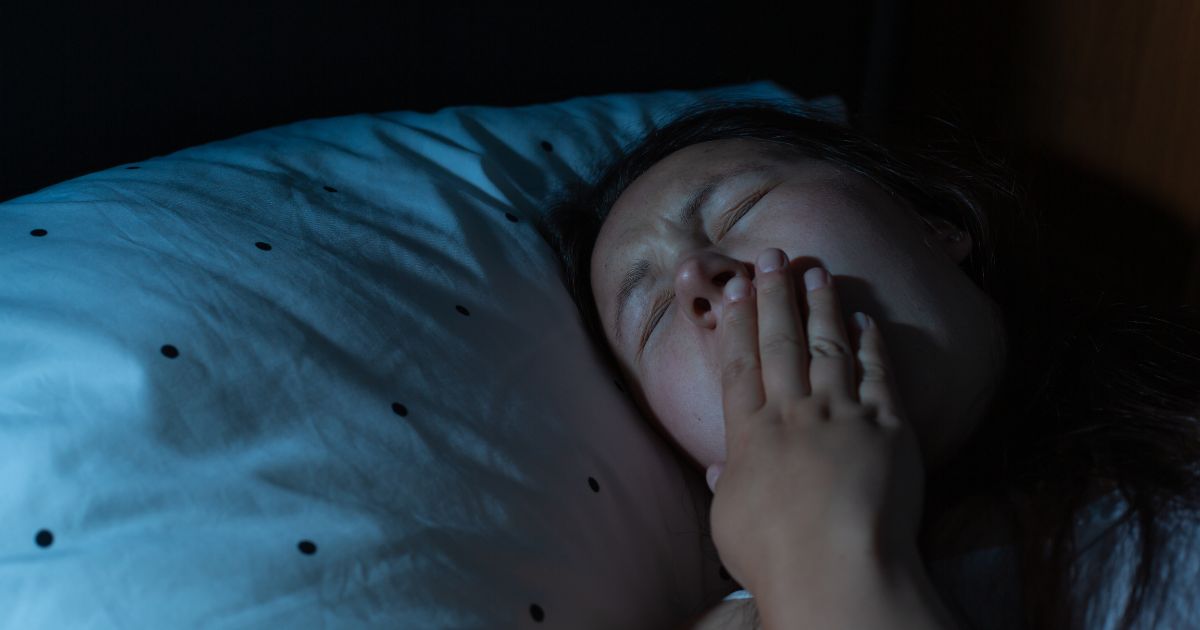Narcolepsy is a largely misunderstood condition, even though it is one of the most common causes of daytime sleepiness. It’s often misrepresented in films and TV shows, and there are plenty of myths circulating the internet. That’s why it’s important to know the facts when it comes to narcolepsy and narcolepsy treatment.
What is Narcolepsy?
Narcolepsy is a chronic neurological disorder that causes constant sleepiness. This disorder impacts the brain’s ability to control sleep-wake cycles. People with narcolepsy usually feel very sleepy most of the day. They may also suffer interrupted sleep, waking frequently throughout the night.
Narcolepsy Facts
Despite the fictional representation you’ve seen in the movies, narcolepsy is no laughing matter. It’s a serious condition that can greatly impact a person’s daily life. For people with narcolepsy, their work, academics and relationships often suffer due to this debilitating disorder. Here are some important facts about narcolepsy.
- Narcolepsy affects around 200,000 people in the United States, and around 3,000,000 people worldwide.
- Only an estimated 25% of people suffering from this disorder have been properly diagnosed and are receiving narcolepsy treatment.
- Misdiagnosis of narcolepsy is common. It’s most often misdiagnosed as depression, insomnia or sleep apnea. Seeing a doctor who specializes in sleep disorders is critical in receiving proper diagnosis.
- Symptoms of narcolepsy often begin between the ages of 10 and 30, but can start at any age. While it is a lifelong condition, it does not necessarily worsen with age.
- There are two main types of narcolepsy: narcolepsy with cataplexy and narcolepsy without cataplexy. Cataplexy is muscle weakness that is triggered by strong emotions. People who suffer from narcolepsy without cataplexy have no muscle weakness and typically have less severe symptoms.
Narcolepsy Symptoms
Narcolepsy can present itself with several symptoms. They are often similar to symptoms of other sleep disorders, making it difficult to diagnose. Here are some of the most common signs that narcolepsy treatment may be necessary.
- Excessive daytime sleepiness is the most common and obvious symptom of narcolepsy. It’s characterized by excessive sleepiness, regardless of how much sleep the person had that night. The overwhelming urge to sleep can come on suddenly, making it difficult to concentrate.
- Cataplexy is a symptom for those who have narcolepsy with cataplexy. This causes weakness and an involuntary loss of muscle control. It’s typically triggered by intense emotions such as laughter, fear, stress or excitement.
- Sleep paralysis is the temporary inability to move while falling sleeping or waking. It feels similar to cataplexy, but only occurs at the edges of the sleep cycle.
- Hallucinations are vivid and sometimes frightening that may be experienced with sleep paralysis. They usually occur while falling asleep or waking up.
- Fragmented sleep is a possible symptom, making it difficult to stay asleep throughout the night.
Narcolepsy Treatment is Available at Jacksonville Sleep Center
Although it’s a lifelong condition, a major fact about narcolepsy is that it’s a treatable condition. Undergoing a sleep study for proper diagnosis is the first step in narcolepsy treatment. A sleep specialist will then help you determine the right medications and lifestyle adjustments to help manage this difficult disorder.
If you or someone you know is experiencing symptoms of narcolepsy, the sleep specialists at Jacksonville Sleep Center can help. Call for an appointment at (904) 854-6899.
Sources:
https://www.ninds.nih.gov/Disorders/Patient-Caregiver-Education/Fact-Sheets/Narcolepsy-Fact-Sheet
http://healthysleep.med.harvard.edu/narcolepsy/what-is-narcolepsy/understanding






